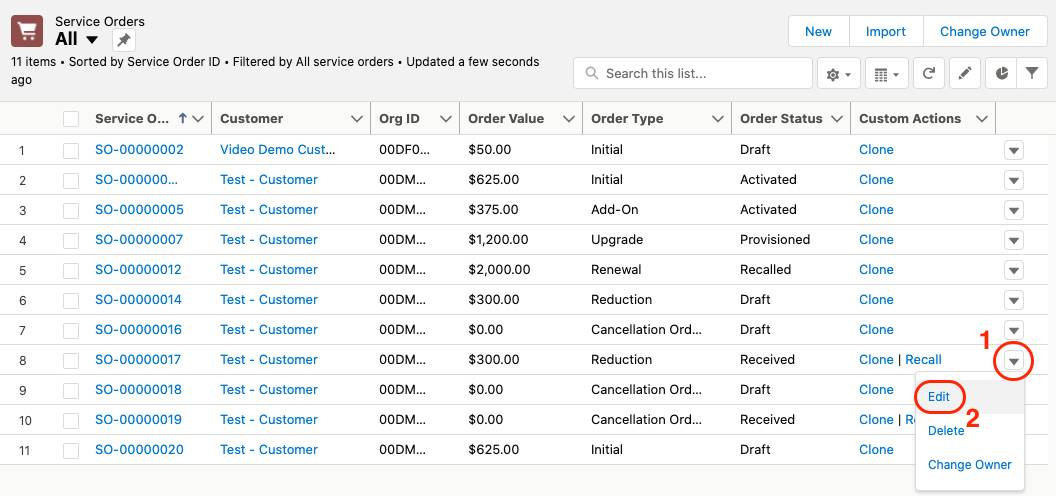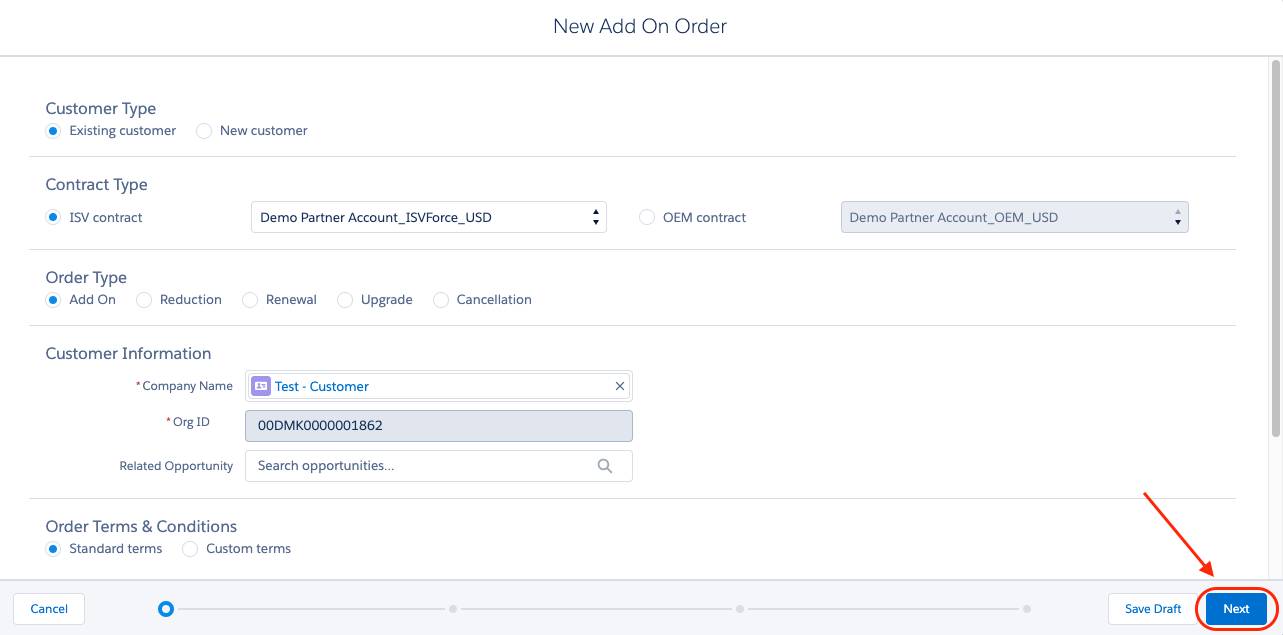Track Order Status
Learning Objectives
After completing this unit, you’ll be able to:
- Interpret and explain the different order statuses.
- Describe how to track order status.
- Identify next steps when an order contains an error.
What’s the Status?
Are you curious about what happens to your orders after you click Submit? Ever wonder who’s eagerly awaiting them? Well, no need to keep wondering—it’s our Partner Operations (Partner Ops) team. They receive, process, and assign statuses for every order you submit.
Tracking order status is as important as understanding order type. Channel Order App (COA) orders are active entities, changing from state to state. One minute they’re in draft form and the next they’re being processed. Here we explain the six COA status values and what they tell you about your orders.
As a group, status values depict an order’s lifecycle. Individually, they indicate an order’s current place in that nonlinear lifecycle. And here’s a table that lays out that lifecycle.
| Order Status |
|
|---|---|
|
Value |
Description |
|
Draft |
You saved a draft of, recalled, or cloned (copied) an order but did not submit it to Salesforce. |
|
Received |
Salesforce has received your order but hasn’t begun processing it yet. You can recall the order to edit products, quantity, and price. Salesforce waits at least 2 hours to start processing a received order. You have at least 2 hours to recall the order. |
|
In Process |
Salesforce is reviewing and processing your order. |
|
Activated |
Salesforce successfully completed order processing and will invoice you for revenue sharing as applicable. This status applies only to future dated service orders and cancellation or reduction orders. |
|
Provisioned |
Salesforce successfully completed order processing and will invoice you for revenue sharing as applicable. |
|
Error |
Salesforce stopped order processing because of an error in your order and added an error description to the order. You must act to fix the errors. To do so, clone the order, resolve the error, and submit the cloned order. |
Order status also indicates what actions you can take.
| Possible Partner Actions |
|||||
|---|---|---|---|---|---|
|
Order Status |
Edit |
Recall |
Delete |
Submit |
Clone |
|
Draft |
✽ |
✽ |
✽ |
✽ |
|
|
Received |
✽ |
✽ |
✽ |
||
|
In Process |
✽ |
||||
|
Activated |
✽ |
||||
|
Provisioned |
✽ |
||||
|
Error |
✽ |
||||
When you submit an order, you don’t throw it over a wall to Partner Ops, fingers crossed. Order processing is a two-way street where we both live. You send accurate orders to Salesforce, and we review, process, and communicate with you about the orders via the status. Together, we keep a sharp eye on order status, ready to act if the need arises.
Order Tracking
After you submit your orders, you stay informed about them by tracking their status.

In the COA, load the Service Orders page to see a list of orders and their current statuses (2). You can open the Order Details page for a single order by clicking on a Service Order ID (1) in this list.

Like the Service Orders list, the Order Details page displays an order’s status.

Let’s step through a scenario where we track and interpret an order’s status. Select one of our draft orders by clicking the Custom Actions dropdown icon (1) on the Service Orders page. On that menu, select Edit (2).

This first page of the order entry form loads. Enter the order details and click Next.

On the last page of the order entry form, click Submit to send the order to Salesforce.
A submitted order’s status is Received, and that means it’s ready for Partner Ops to work on it. They change the order status to In Process and start their review. Partner Ops carefully assesses the order’s compatibility with your contract terms and the customer’s org. Good news! They’re all compatible. Processing successfully completes.
At this point, the status becomes either Activated or Provisioned. Both indicate success, so why do we have two? The difference is the start date. If the order is future dated, it’s Activated. If the order start date is today, it’s Provisioned.
That went really smoothly. Accurate orders lead to sunshine and rainbows. Or in this case, activations and provisionings.
Decoding Order Errors
As savvy as you are at submitting orders that sail through processing, you can run into an occasional uh-oh! moment. If Partner Ops finds a problem, they change the order status to Error to alert you that they’ve reached an order-processing impasse. They stay in a holding pattern until you fix the error, so be sure to track order status and correct errors.
Of course, every problem has a solution. Let’s look at an error and how to solve it.
Ardee, an all-star operations analyst, mistakenly creates an add-on order to increase a customer’s license count. She picks the customer from the list of existing customers, enters the rest of the order, and submits it to Salesforce.
We review the order and discover that her customer doesn’t have an active contract. Add-on orders are valid only for customers with active contracts. But the company showed up in the existing customer list in the COA, so what’s up?
Inclusion in that list isn’t a guarantee of an active contract. The list contains every customer Ardee has added to the COA, regardless of their status. To alert her to the problem, we change the order status to Error. And to help her fix the error, we add detailed comments describing steps to take.
Ardee is monitoring order status and notices the error. She reviews Partner Ops’ error comments on the service order’s details page to learn more about the error and how to fix it. By now, she remembers that she can’t edit orders with a status of Error. Instead, she clones the order, makes the corrections outlined in the comment field, and submits the cloned order. Success!
Decoding errors is not always so straightforward. If you need a little extra help, log a support case in the Salesforce Partner Community. For the product, specify ISV Billing & Order Support. For the topic, specify Partner Order Errors & Revisions.
Use the Salesforce Partner Community to connect with other partners, product specialists, and Salesforce employees to get answers to your questions and share new ideas. Combine your COA know-how with the Salesforce Partner Community resources to confidently complete all your order management tasks.